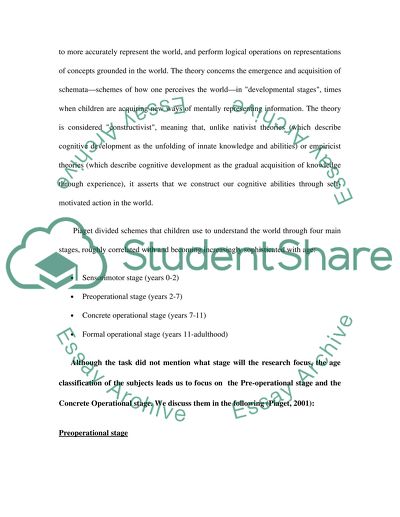Cite this document
(“Piagets Theory of Cognitive Development: an Appreciation Essay”, n.d.)
Piagets Theory of Cognitive Development: an Appreciation Essay. Retrieved from https://studentshare.org/psychology/1534359-piagets-theory-of-cognitive-development-an-appreciation
Piagets Theory of Cognitive Development: an Appreciation Essay. Retrieved from https://studentshare.org/psychology/1534359-piagets-theory-of-cognitive-development-an-appreciation
(Piagets Theory of Cognitive Development: An Appreciation Essay)
Piagets Theory of Cognitive Development: An Appreciation Essay. https://studentshare.org/psychology/1534359-piagets-theory-of-cognitive-development-an-appreciation.
Piagets Theory of Cognitive Development: An Appreciation Essay. https://studentshare.org/psychology/1534359-piagets-theory-of-cognitive-development-an-appreciation.
“Piagets Theory of Cognitive Development: An Appreciation Essay”, n.d. https://studentshare.org/psychology/1534359-piagets-theory-of-cognitive-development-an-appreciation.


